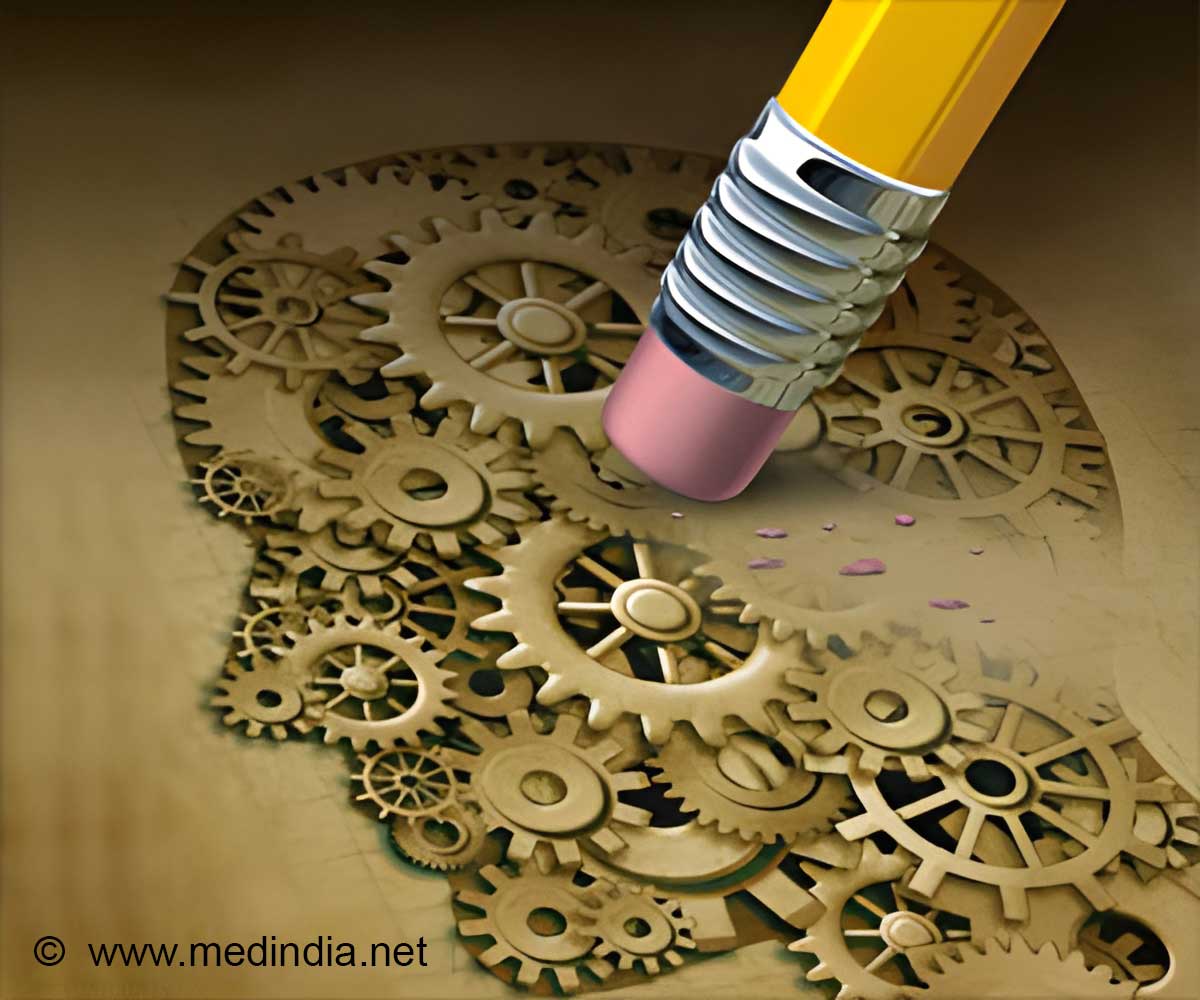The way we perceive events can be distorted by our expectations, leading to a quick and inaccurate reshaping of our memories.

‘Perceptual illusions can occur when our expectations shape our perception, causing us to misremember events within seconds.’





Here 4 experiments consistently show that within this timeframe, participants go from reliably reporting what was the re (perceptual inference accurately reflecting the bottom-up input), to erroneously but with high confidence reporting what they expected to be there (memory report strongly influenced by top-down expectations). Together, these experiments show that expectations can reshape perceptual representations over short time scales, leading to what we refer to as short-term memory (STM) illusions.
Memory or Illusion?
These illusions appeared when participants saw a memory display that contained real and pseudo-letters (i.e. mirrored letters). Within seconds after the memory display disappeared, high-confidence memory errors increased substantially.This increase in errors over time indicates that the high confidence errors do not (purely) result from the incorrect perceptual encoding of the memory display. Moreover, high confidence errors occurred mainly for pseudo-to-real letter memories, and much less often for real-to-pseudo-letter memories, indicating that visual similarity is not the primary cause of this memory bias.
Instead ‘world knowledge (e.g., which orientation letters usually have) appears to drive these STM illusions. Our findings support a predictive processing view of the formation and maintenance of memory in which all memory stages, including STM, involve the integration of bottom-up memory input with top-down predictions, such that prior expectations can shape memory traces.
Advertisement








